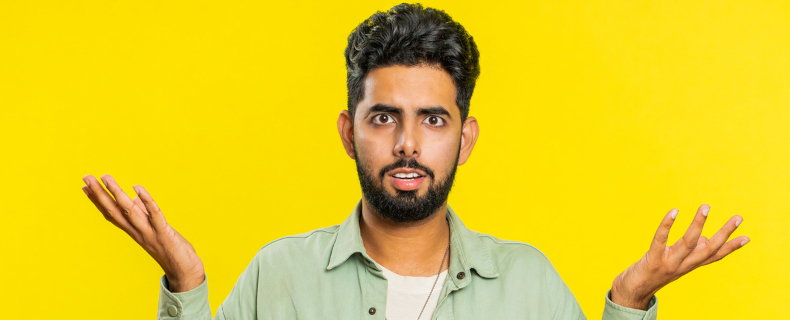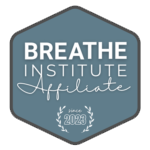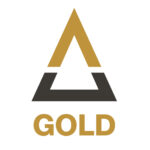
San Francisco and Marin CA
Many teens that had braces may later experience orthodontic relapse as adults in which their teeth resort to being crooked or overlapping again. This often results in getting braces again as a adult. Unfortunately, getting braces at this point is just a temporary fix until you address what’s causing your teeth to get crooked in the first place. Today on our newest blog, our cosmetic dentists in Marin explain more about orthodontic relapse: its causes and how to stop it from messing up your smile again.
Why did my smile shift?
Orofacial myofunctional disorders (OMDs) lead to crooked or protruding teeth, an open bite, and unfavorable facial development like a recessed chin or narrow face. Poor oral posture, breathing through the mouth, tongue-tie, tongue thrust, and thumb-sucking are examples of OMDs. And unfortunately, many orthodontists focus only on smile aesthetics and not so much what’s happening “behind the scenes” like what’s causing crooked teeth. As a result, adults may experience orthodontic relapse later in life because the root cause of their tooth misalignment, an OMD, was never addressed.
What is an orofacial myofunctional disorder?
Individuals with OMDs may develop unconscious habits like open mouth posture, prolonged thumb sucking as a child, or tongue thrust when swallowing. These habits lead to tooth misalignment, stunted facial and jawbone growth, as well as a narrow airway that causes snoring and sleep apnea. And, if you have an OMD and underwent orthodontic care as a teen, it’s likely that your teeth are crooked again because the OMD was never treated. So, the tongue’s poor posture continues affecting your tooth alignment.
Why are orofacial myofunctional disorders a big deal?
OMDs are a problem because they cause jaw misalignment, narrow dental arches, and underdeveloped airways that may lead to a host of issues including sleep apnea and snoring. While braces can fix the aesthetic effects of an OMD, they do not treat the OMD at the source. Only a myofunctional therapist and a neuromuscular dentist can treat OMDs at the source so that your aesthetic dental treatment results last for the long haul.
What treatment is available for OMD?
Treatment for OMDs begins with myofunctional therapy, which is like physical therapy for the mouth. The simple mouth exercises focus on proper tongue function when the mouth is at rest to facilitate nasal breathing, and proper swallowing patterns. Gentle pressure from the tongue can make a significant difference in how the jaw, upper dental arch, and palate develop and tongue pressure in the wrong place at the wrong time can lead to OMDs. But with the help of a myofunctional therapist, you can restore correct tongue posture and achieve lasting results with your orthodontic treatment.
Orthodontic Relapse Specialists in Marin and San Francisco, California
Crooked or misaligned teeth can make you feel disheartened to smile. But you’re not alone, and there are treatments to fix the problem at the source and restore your smile’s beauty. Contact Glen Park Dental at (415) 585-1500 to arrange a consultation to learn more about orthodontic treatment options and how we can tackle underlying OMD issues to sustain a healthy and attractive smile.


